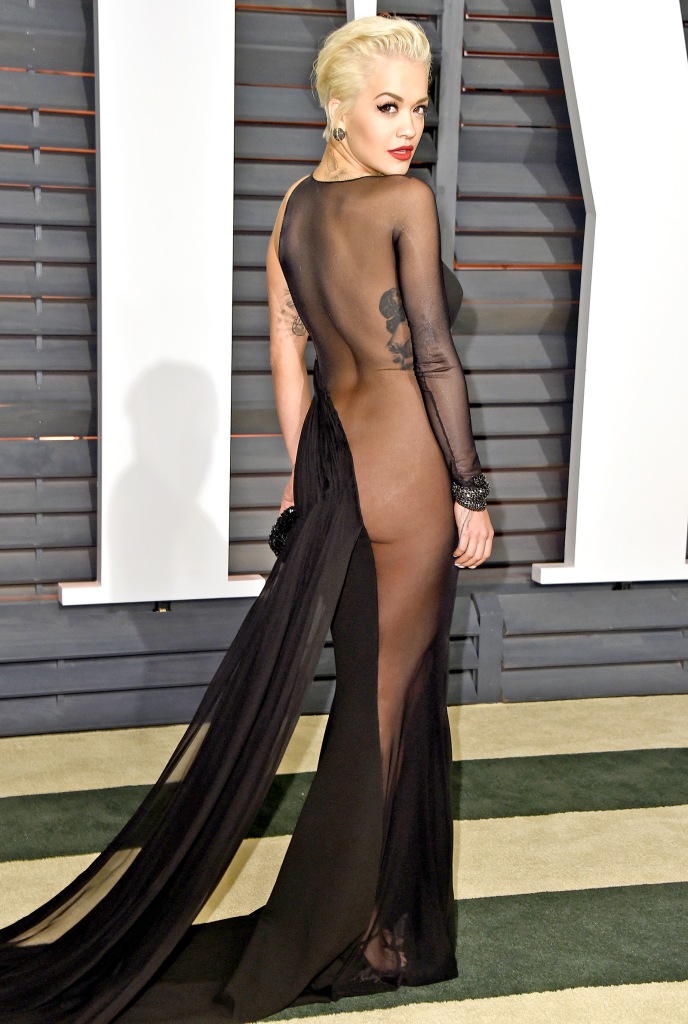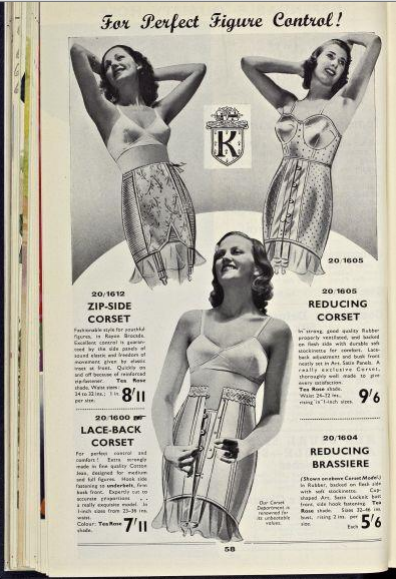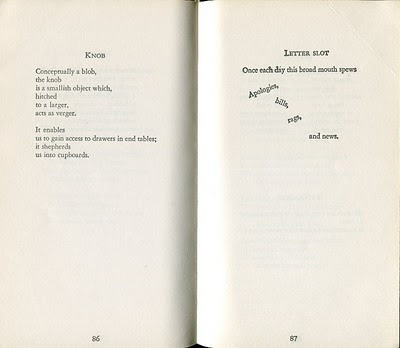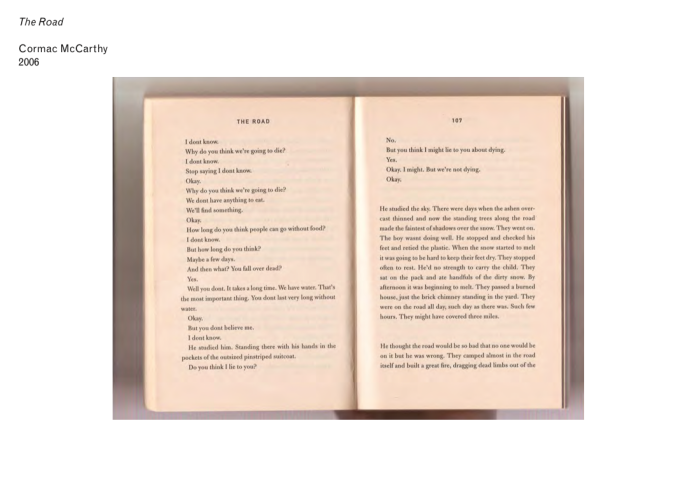FIRST THINGS FIRST MANIFESTO (1964) –KEN GARLAND
The beginning of the lecture started off discussing the arts and crafts movements, which started in Britain in the 1880s. We briefly discussed Augustus Pugin and John Ruskin but mostly looked at William Morris. It was interesting to find out that Morris implied that ‘design style and production methods expressed the quality and values of culture’ and that he believed in restoring dignity of labour and the pleasure of craft and the interest in ‘returning to a simpler life’. Relating this today it’s noticeable that we’re dipping back into the production of limited goods with the help of websites like Etsy and eBay, which allow people to sell their handmade goods to a wider range of people than those that attend crafts fairs.
“The pivotal position of design within contemporary culture traces back to the turn of this century [20th], and its growth in importance is inextricably linked to the rise of industrial mass production.” –Stuart Ewen
The labour intensive process of the lettering would not have you thinking about a mass-produced and urban lifestyle. This moved swiftly onto the idea of industrial modernisation, looking at the Bauhaus movement in Germany. The phrase ‘artistic avant-garde’ came up (much like in Author as Producer) and how they wanted to become capable of changing society, hoping to embrace functionalism, geometric formalism and machine aesthetics. The role of the graphic designer was being challenged as one to shape and manipulate public opinion and the social responsibilities one faces.
It was first in WWI that designers worked with psychologists to create most effective propaganda posters encouraging and recruiting men into battle, promoting and suggesting their readiness. This then continued with fascist propaganda in Germany which was at the same time as the Bauhaus movement, it was Bauhaus that asked the question: “How can we improve society through design?” and the Nazis that wanted to mould society into yes men that thought how they were told. Unfortunately the Nazis had won, claiming Bauhaus ‘degenerate’ leaving it to live only until 1933 but it’s revolutionary typography and layouts still inspire designers today to think beyond form. “Art for us is an occasion for social criticism, and for real understanding of the age we live in.”
‘Whoever reads bourgeois newspapers becomes blind and deaf: away with these stultifying bandages.’
This suggesting that we are blinded from social reality and are brainwashed into believing the opinions of the big corporations that lead our consumerist behaviours.
“Design has become a corporate profession”
We then moved onto Culture Jamming which suggested that corporation is now making our culture through consumerism and that we need to stop consuming so that we can take back control of our culture. ‘Advertising has clogged all communication channels’. Brands like Nike and Adidas are relying on their ‘cool’ image and the ‘flawless’ messages they send to convince consumers they are the brand for them (and it’s working)!
Would I sign the First Things First Manifesto?
Before this lecture I loved branding and the way advertising can manipulate the consumer because I thought it was intelligent and innovative but now I’m not so sure that it really is good for the future of design. It because apparent in the seminar with Andrew that when we read through the text that thanks to consumerism good design has become decided through how much it sells rather than the message it communicates. So with more thought and consideration I am much more inclined to sign the manifesto than I may have been before the lecture.












